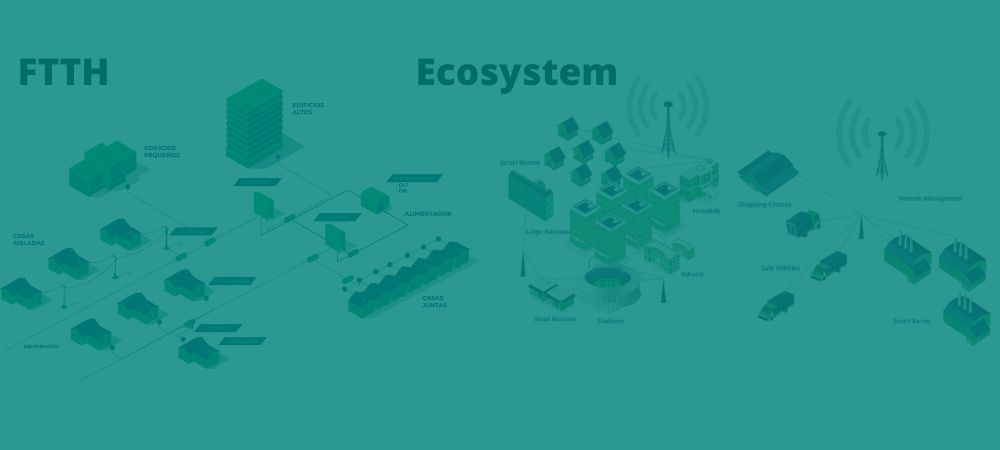By: Monserrat Ortega Hernández
Quality Manager at GSB
It is recommended to apply the Plan, Do, Check and Act (PHVA) method for the control practice. Below, we explain the meaning of the PHVA cycle terms:
Planning (P): consists of establishing goals for the performance indicators and the way (the path, the method) to achieve the proposed objectives.
Doing (H): execution of tasks exactly as planned in the plan and in the collection of data for verification of the process. On-the-job training resulting from the planning phase is essential at this stage.
Verify (V): based on the data collected during execution, the result obtained is compared with the planned goal.
Act (A): this is the stage in which the user detected deviations and will act so that the problem does not recur.
It is important to visualize the PHVA cycle as a process control method:

The PHVA Cycle can be used for:
Maintenance
The maintenance of the level of control, when a process is repetitive and the plan consists of a goal that is an acceptable set of values and a method comprising the “operational procedures”. Therefore, the work that is executed through the PHVA cycle in “Maintenance” consists, essentially, in the fulfillment of “operational procedures”.
Performance indicators, in this case, are sets of standard values, such as: standard-quality, standard-cost, standard-time, standard-quantity, etc.
Enhancement
The improvement of the level of control occurs when the process is not repetitive and the plan consists of a goal, which is a defined value, and a method comprising those procedures necessary to achieve the goal.
The right way to obtain continuous process improvements is to combine the two types:

Article based on excerpts from articles on continuous process improvement.




